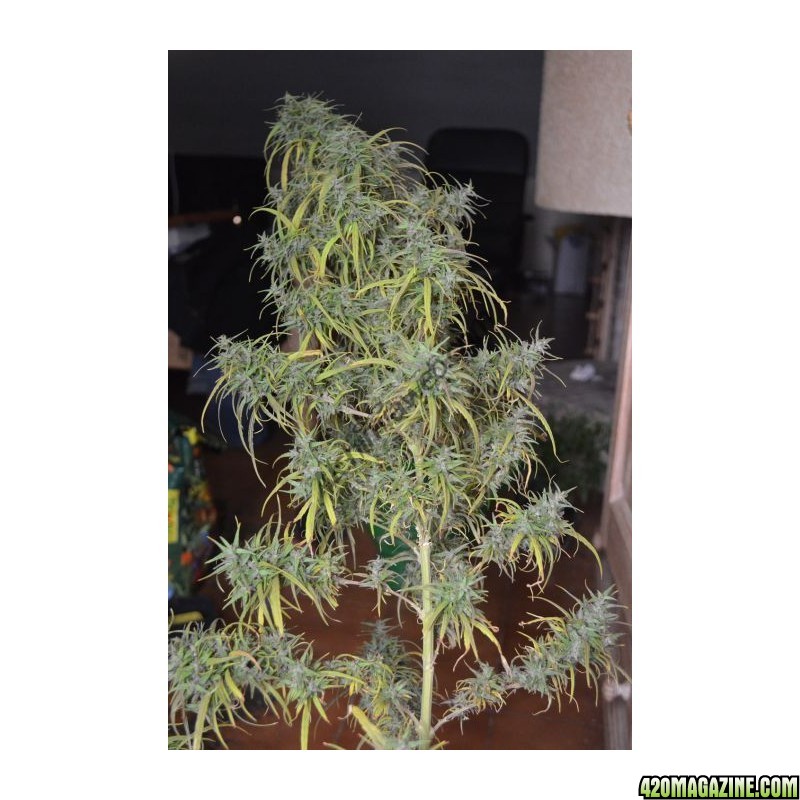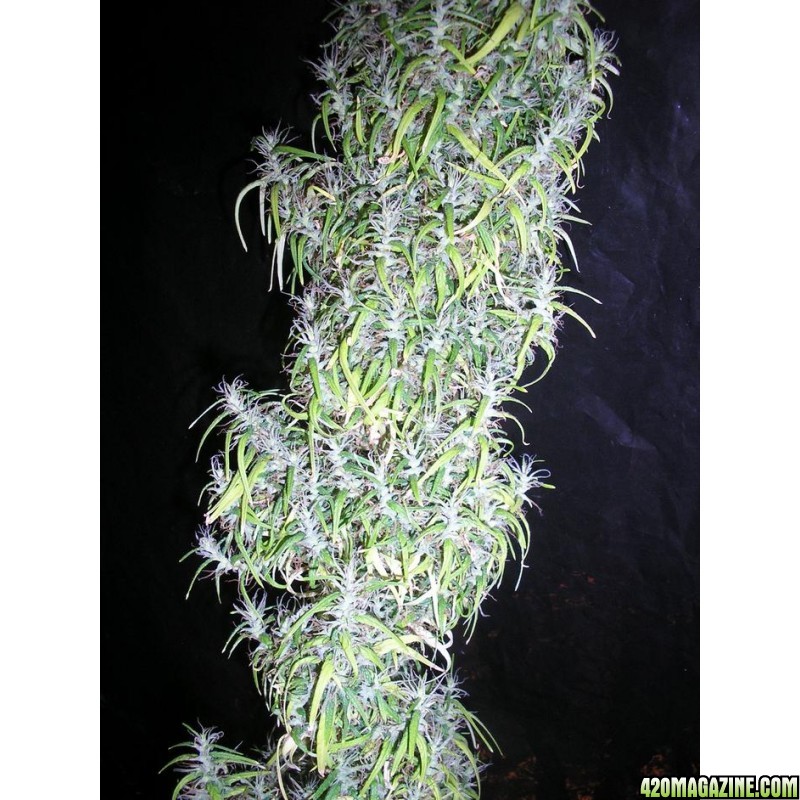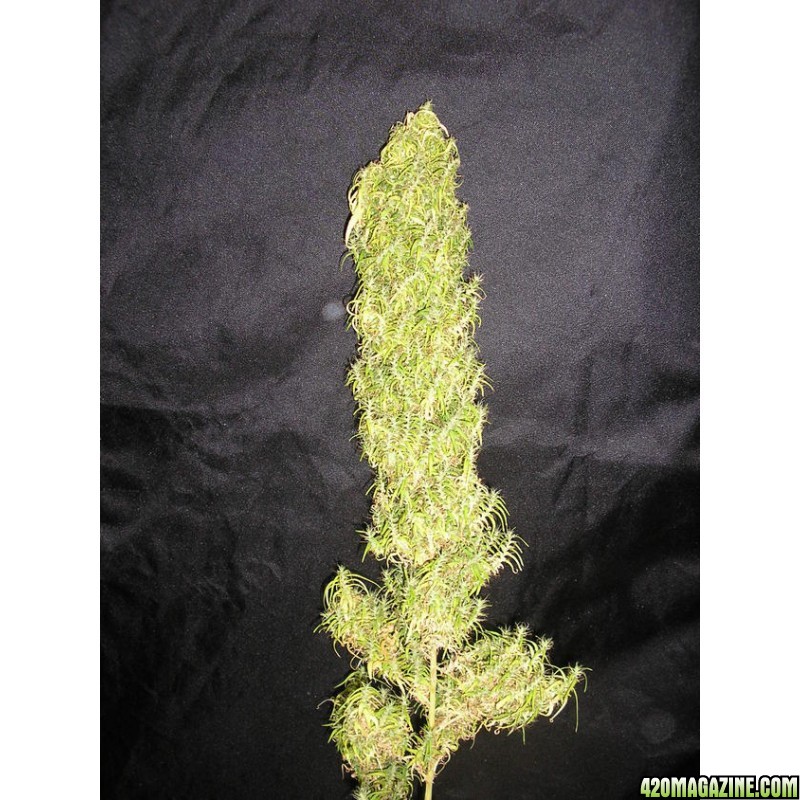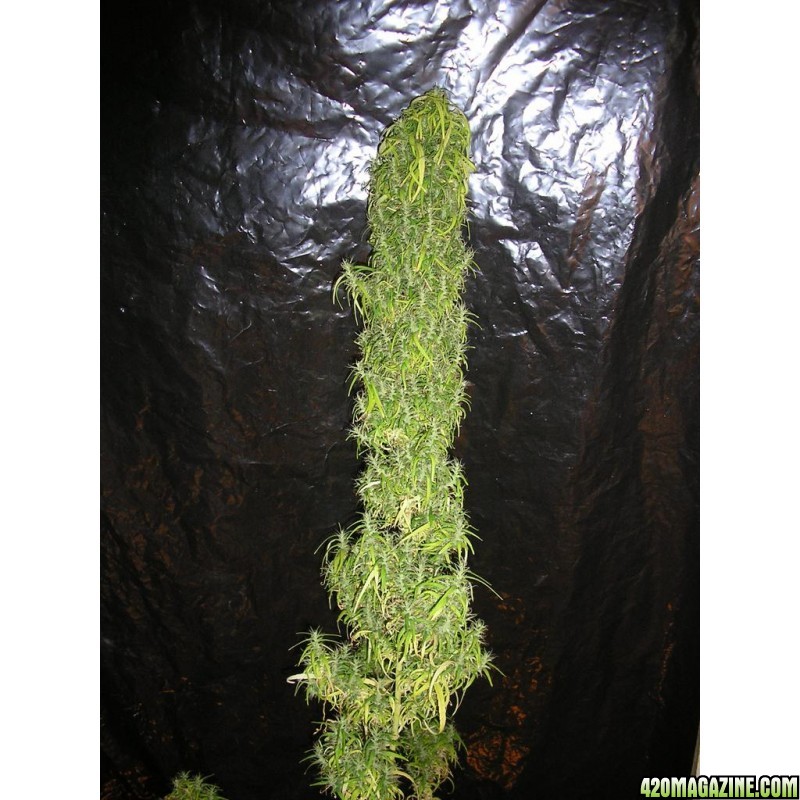ETHIOPIAN STANDARD
The use of cannabis in Ethiopia dates back at least to the fourteenth century AD, where this plant has been cultivated and used in this country for centuries for religious/ceremonial, medicinal, recreational, and raw material uses.
Although cannabis is linked to Ethiopia around the world, especially since the 1960s, when the Rastafari movement from Jamaica began to promote the return of African Americans to Africa, and more specifically to Ethiopia, which they consider to be their original land, it is also true that Ethiopian sativa varieties are largely unknown in the world of cannabis, since marijuana production in this country is normally consumed locally and in neighboring African countries, and very rarely these Ethiopian sativas have been exported to the West, becoming available in very rare occasions in countries like United Kingdom, although the Ethiopians sativas have been and are still great strangers for the rest of European and American countries.
That's why at ACE Seeds we realized the importance of exploring and preserving the best sativa genetics from Ethiopia, and release them to the general public. For doing this, we started with ethiopian sativa genetics that the already disappeared African Seeds seed bank offered 20 years ago for a short period of time. We received several reproductions of this ethiopian sativa made by different growers and breeders. In 2015 we decided that it was time to rescue this variety, so we germinated all the different lines of ethiopian sativa that we have conserved for 15 years, in order to be able to realize a true genetic study and a work of preservation and vegetal improvement with this central african sativa, whose fruits of this work have finally led to the possibility that ACE Seeds has launched this pure ethiopian sativa to the market in 2017.
The ethiopian is a pure subtropical classic african sativa, of great value and interest for pure sativa lovers and for preservationists.
It produces a classic african sativa phenotype: tall, vigorous, flexible, strongly branched plants with long node length.
Excellent resistance against moisture, molds, wind and heat.
The long flowering time is compensated by an excellent final yield when is properly cultivated with strong light intensity and warm temperatures.
The ethiopian excels for its mental effect of great quality, highly appreciated by sativa lovers looking for the more active, sociable, kind and positive effects, always well focused, and without producing paranoia, mental or body heaviness.
Earthy and woody african sativa aromas, with floral, musky and fermented citrus touches.
Thanks to all this recent work, ACE Seeds finally offers a true pure landrace sativa from Ethiopia, with the best characteristics offered by these sativas, but improving and refining them (greatly reducing hermaphrodite tendencies and at the same time by selecting the best individuals with higher THC content and terpenes).
The results of the cannabinoid and terpene analyzes performed by ACE Seeds with our best ethiopian parental plants, scientifically shown that the ethiopian sativa we offer produces moderate / high THC content (for a pure landrace sativa) of around 10 % of THC, without CBD, which produces an almost pure THC ratio. Certain amounts of CBG have also been found in this ethiopian sativa. The terpenes consistently found in the Ethiopian are alpha pinene, beta pinene, beta myrcene, trans ocimene, beta caryophyllene, alpha humelene, with variations in d limonene and trans nerolidol among different individuals of the same variety.
( Ethiopian ACE Seeds cannabinoid analysis )
( Ethiopian ACE Seeds terpene analysis )
ACE Seeds has also shared genetic material from this ethiopian sativa with the US Phylos laboratory to perform genetic tests in order to obtain more information about the origins and genetic relationships of this ethiopian sativa with other african sativa varieties. Phylos genetic study has shown that our ethiopian sativa has a unique genotype (no genetic contamination or influence of modern western genetics), showing some kinship with other african sativas: mainly from Angola, Malawi, Kenya, Ghana, being able to be one of the main sources that would later conform the sativas from Paraguay
 .
. .
.









